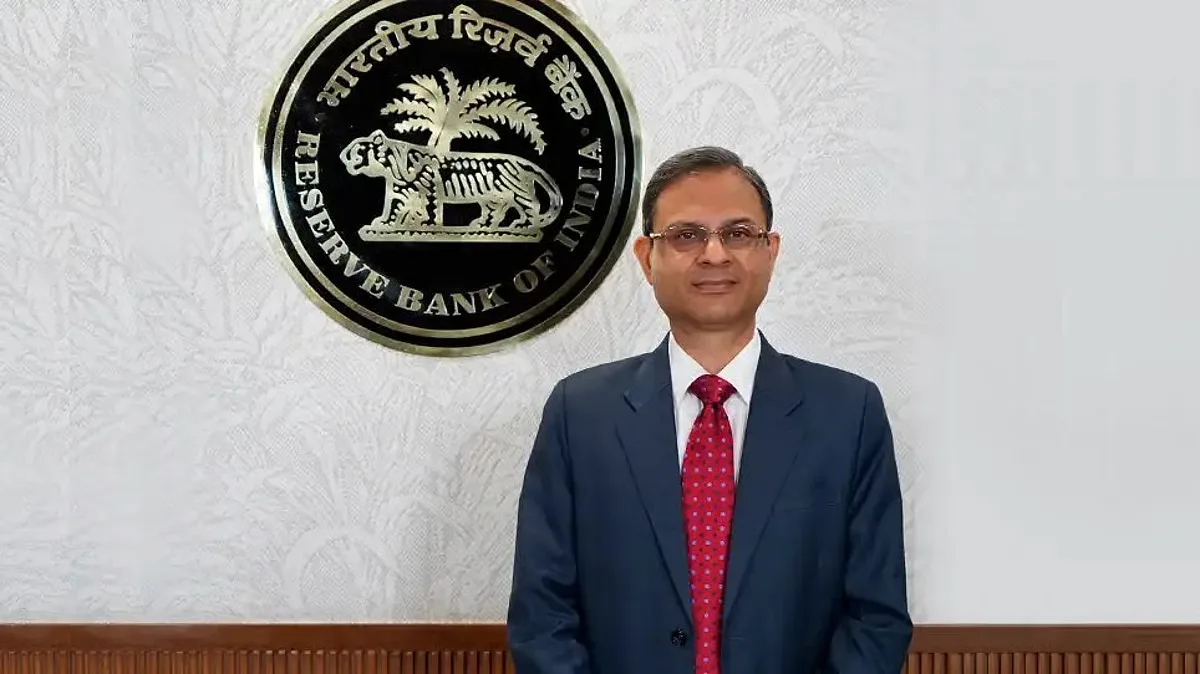Table of Content
The Reserve Bank of India’s (RBI) recent reduction in the repo rate by 50 basis points (bps) has brought significant cheer to the housing market. This decision aims to lower borrowing costs for homebuyers, enabling them to borrow more without increasing their Equated Monthly Installments (EMIs). Whether you're a first-time buyer or an existing borrower, this rate cut offers numerous financial advantages. Let’s explore its impact and why now could be an opportune moment to invest in real estate.
Understanding the Repo Rate
The repo rate is the interest rate at which the RBI lends money to commercial banks. It plays a vital role in shaping the cost of loans and savings for consumers. When the repo rate decreases, borrowing becomes more affordable for banks, which may pass on these savings to borrowers by reducing loan interest rates. The recent 50 bps cut, the third this year, totals a 100 bps reduction, reflecting a borrower-friendly stance by the central bank.
Also Read: Bengaluru RWAs Set Green Example on World Environment Day 2025
How the Rate Cut Benefits Homebuyers
- Lower Cost of Borrowing
The primary benefit of a repo rate cut is the reduction in home loan interest rates, resulting in lower EMIs. For instance: - A ₹50 lakh loan over 20 years could save borrowers approximately ₹3,164 monthly.
- Loans of ₹1 crore and ₹1.5 crore may see savings of ₹6,329 and ₹9,493 per month, respectively.
- These reductions significantly enhance affordability, especially in high-cost markets.
- Higher Loan Eligibility
Lower interest rates mean borrowers can secure larger loan amounts without increasing their EMIs. For example, a 1% rate reduction on a ₹1 crore loan could enable an additional ₹7.5 lakh borrowing, allowing buyers to consider properties in a higher price range.
Impact on Existing Borrowers
- EMI Reduction
A ₹50 lakh loan with an 8% interest rate over 20 years would see its EMI decrease from ₹41,833 to ₹38,781, saving borrowers ₹3,052 monthly after the rate cut. - Shortened Loan Tenure
Borrowers who opt to keep EMIs constant can reduce their loan tenure, saving on total interest costs. Depending on the lender’s terms, this could shorten a 20-year loan by 2–3 years.
Challenges in Rate Transmission
Although the rate cut is a positive development, its actual benefit depends on how promptly banks lower their Marginal Cost of Funds-based Lending Rates (MCLR). Some banks might delay passing on these benefits, so borrowers should compare lenders and opt for the most favorable terms.
Wider Economic Effects
The RBI’s 100 bps reduction in the Cash Reserve Ratio (CRR) aims to boost liquidity within the banking system. This can have several positive impacts:
- Developers may gain access to additional funding, speeding up project completion timelines.
- Banks may further reduce home loan interest rates, improving sentiment in the affordable and mid-income housing sectors.
Is This the Right Time to Buy a Home?
With the RBI adopting a neutral stance, aggressive rate changes are unlikely short term. This stability makes it an ideal time for ready homebuyers to act. However, financial experts advise against basing purchasing decisions solely on lower interest rates. Buyers should:
- Assess their financial stability and ability to manage EMIs.
- Ensure their decision aligns with long-term financial objectives.
Practical Tips for Homebuyers
- Compare Lenders: Choose banks that have already implemented MCLR reductions.
- Opt for Floating Rates: These loans offer flexibility and potential savings if interest rates drop further.
- Evaluate Readiness: Align your purchase with your financial goals and ensure affordability over the loan’s tenure.
Key Takeaways
- The 50 bps rate cut reduces EMIs, improving home affordability.
- Borrowers can increase loan amounts or shorten tenures to save on interest.
- Benefits depend on how quickly banks adjust their lending rates.
- This is a favorable time to buy, but decisions should reflect broader financial plans.
Also Read: KRERA Report: Karnataka Sees Over 2,600 Delayed Real Estate Projects; Bengaluru Tops List
Conclusion
The RBI’s 50 bps repo rate cut has provided much-needed relief to the housing market, making it an excellent opportunity for homebuyers to capitalize on reduced borrowing costs. Whether you’re an existing borrower or planning your first home purchase, this move offers a chance to save significantly on your loan. By selecting the right lender and aligning your purchase with your financial goals, you can make this rate cut a stepping stone toward owning your dream home.
Follow AquireAcers Whatsapp Channel to Stay Updated With The Latest Real Estate News





_1765522271.webp)

Ans 1. The repo rate is the interest rate at which the Reserve Bank of India lends to commercial banks. A lower repo rate makes borrowing cheaper for banks, which can reduce home loan interest rates for consumers, resulting in lower EMIs.
Ans 2. For a ₹50 lakh loan over 20 years, you could save approximately ₹3,164 per month. Savings increase for larger loans, with ₹1 crore and ₹1.5 crore loans saving ₹6,329 and ₹9,493 monthly, respectively.
Ans 3. Yes, existing borrowers can benefit in two ways: EMI Reduction: Lower monthly payments due to reduced interest rates. Shortened Loan Tenure: Keeping EMIs constant allows borrowers to pay off loans faster and save on total interest costs.
Ans 4. Compare lenders and consider refinancing your loan with a bank that has implemented the Marginal Cost of Funds-based Lending Rate (MCLR) reduction.
Ans 5. Lower interest rates increase loan eligibility, enabling borrowers to afford higher-priced properties without increasing EMIs.
Ans 6. Developers may gain better access to funding, expediting project completions. Lower home loan interest rates can boost demand, especially in the affordable and mid-income segments.
Ans 7. While further cuts are uncertain, this is a favorable time due to lower rates and stable market conditions. However, base your decision on financial stability and long-term goals, not just interest rates.
Ans 8. A floating interest rate is recommended during periods of falling rates, as it offers flexibility and potential savings if rates drop further.